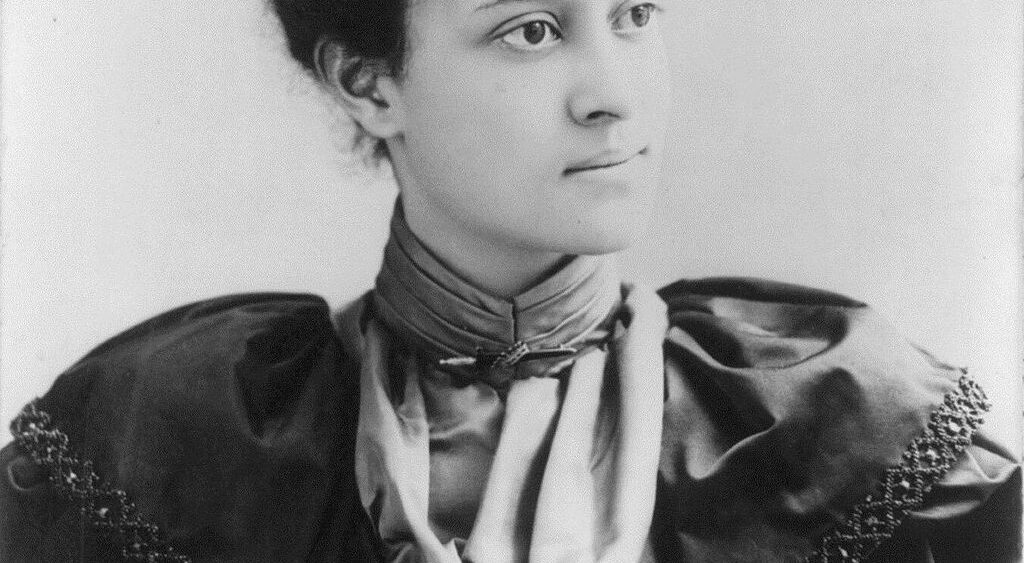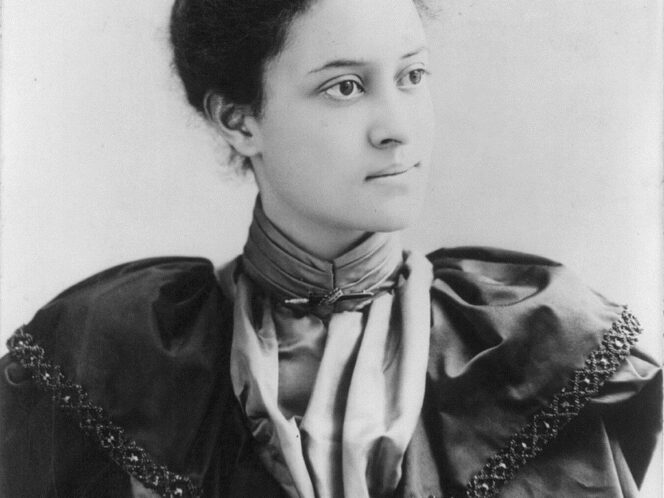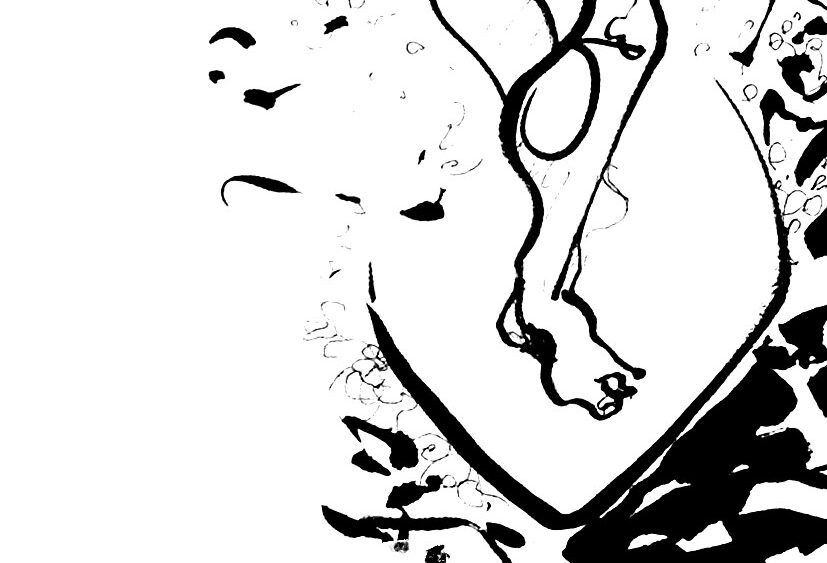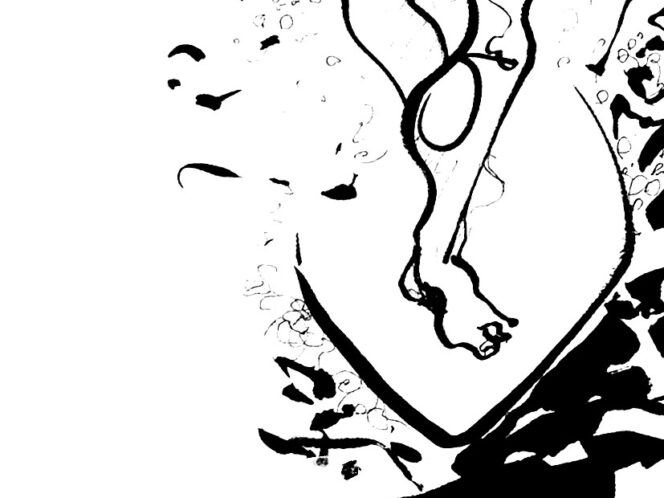
Once upon a time, beyond the mountains, beyond the woods, in a beautiful palace surrounded by flowers and peacocks, there lived a princess… This is how a fairy tale about the exotic Kaʻiulani could begin. But first of all, it wasn’t all that long ago, but at the end of the 19th century, and second, the life of the Hawaiian heiress to the throne was hardly a fairy tale. If it in any way resembled one, it was one that featured black magic, deceitful people, death, and no happy ending. As if an evil fairy stood next to her noble sisters by the cradle of little Kaʻiulani had cast the most powerful spell – a spell that could not be reversed.
Victoria Kawēkiu Kaʻiulani Lunalilo Kalaninuiahilapalapa Cleghorn was born 16th October 1875 in Honolulu. Her mother, princess Miriam Kapili Likelike, was the younger sister of the king of Hawaiʻi, David Kalākaua, and the last queen of the islands, Lydia Kamakaʻeha. Her father, Scotsman Archibald Scott Cleghor grew up in New Zealand and arrived in Hawaii as a teenager. He came from a much humbler background: his grandfather was a shopkeeper and once he died, his resourceful grandson took over the business. Before Archibald married into the royalty, he had three daughters with his first wife. The youngest, Anne, was Kaʻiulani’s beloved stepsister.
Back in his home country, Cleghorn would certainly never have gotten a chance to marry a princess, but in the increasingly white-dominated islands such marriage was not seen as a mésalliance. On the contrary, the relationship with a Haole (a white foreigner) added grandeur to the Hawaiian royal family. Ever since their arrival (James Cook was the first to come to Hawaii in 1778), the Haoles have treated the indigenous inhabitants with characteristic superiority. They considered them ‘savages’ and pagans that should be ‘civilized’. Since 1820, Western missionaries and teachers have gradually – and efficiently –ousted traditional beliefs and customs, spreading faith in the one and only God instead. Aliʻi –the royalty descended from the old chiefs (and,








